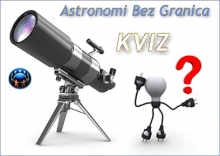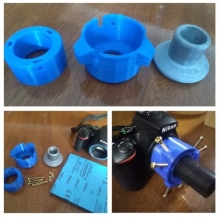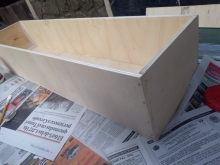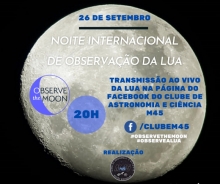While observing Vesta you should keep an eye out for Ceres, which will be in opposition April 15th and have a magnitude of 7.0. It will be very near Vesta in the sky. Although Ceres is bigger than Vesta, is it much further away so will appear less bright.
Discovered in 1801, Ceres is the largest object in the Asteroid Belt, a band of icy rocky objects which lies between the orbits of Mars and Jupiter. With a diameter of 950km, it is the smallest of the 5 dwarf planets.
You can track Vesta using Sky and Telescope’s Vesta and Ceres path map.
For information on observing Vesta and Ceres or other asteroids go to the International Astronomical Search Collaboration from the Las Cumbres Observatory – Global Telescope Network.
You can download images of Vesta, to swell print for people with visual impairment at Amazing Space.
Share your experience with the world on Facebook or the Flickr group and Tweet using #GAM2014 and #GAM2014Vesta hashtags (@gam_awb).
Check out our Observing Resources and People with Disabilities Astronomy Resources.





























